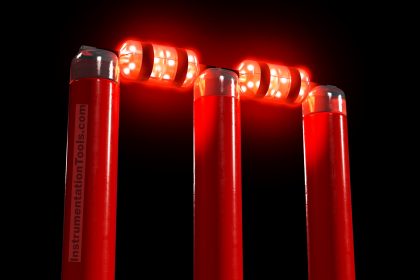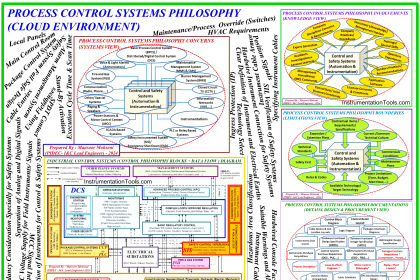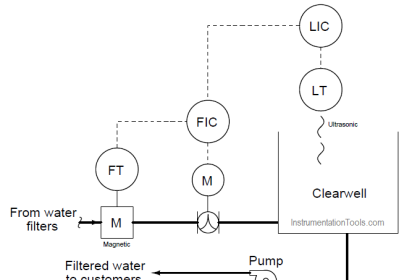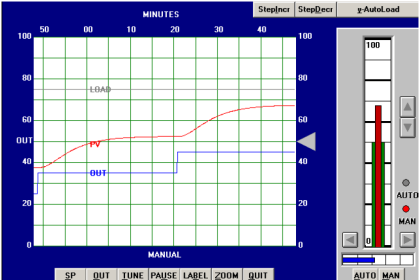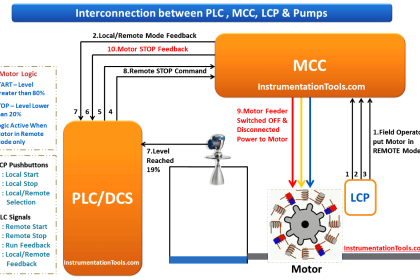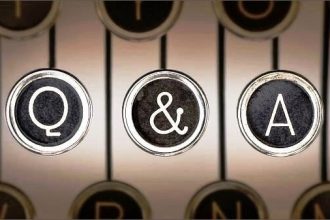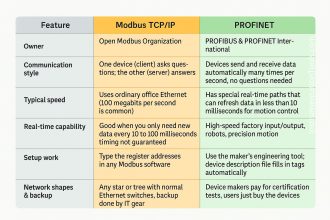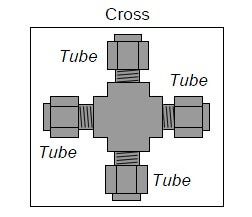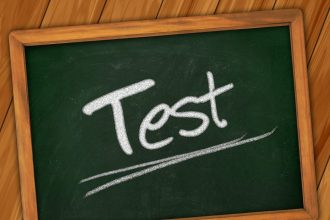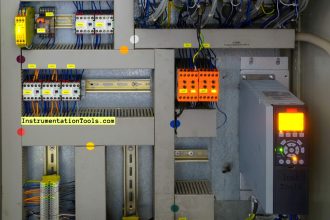In this article, you will learn the interlocks for steam turbine like drum level high trip, steam pressure, and temperature trip.
For the safe operation of the steam turbine and its Auxiliaries, some protection techniques are needed to be followed these are called interlocks.
Let us see what Steam Turbine is and what Interlocks is
What is a Steam Turbine?
A Steam Turbine is a device that is used to generate Electricity by using super-heated steam along with the generator and alternator.
The steam turbine is also known as the prime mover.
What is an Interlock?
An Interlock is a function that makes two or more machines or devices mutually dependent on each other to prevent the damage of machines or devices from undesired conditions. The machines or devices may be electrical, electronic, or mechanical devices.
Interlocks can be considered as start permissive of any equipment, or trip.
What is Protection?
The Possibility to Prevent the Damaging of any Equipment or a system or a machine.
Protection is a necessity to safeguard the machine against undesired damages of machines or equipment and abnormal deviation of process parameters to unacceptable values
Types of interlocks
In general, we consider mainly two types of interlocks
- Process Interlock
- Safety Interlock
Why Interlocks?
The main purpose of interlock is to protect or safeguard the equipment against abnormal deviation of process parameters to unacceptable values.
Interlocks are usually made and controlled by suitable sensors and probes provided to avoid unusual damages and problems.
Also Read: Turbine Supervisory Instrumentation
Turbine Protection System
The main purpose of the turbine protection system is to trip the turbine immediately by stopping and controlling the valves of the HP & LP turbine thereby cutting off the Steam Supply using Main Trip Valves and Solenoid valves.
Steam Turbine Interlocks
So let us see what are the interlocks required for the safe operation of steam turbine.
The below SCADA graphics shows the list of steam turbine interlocks.
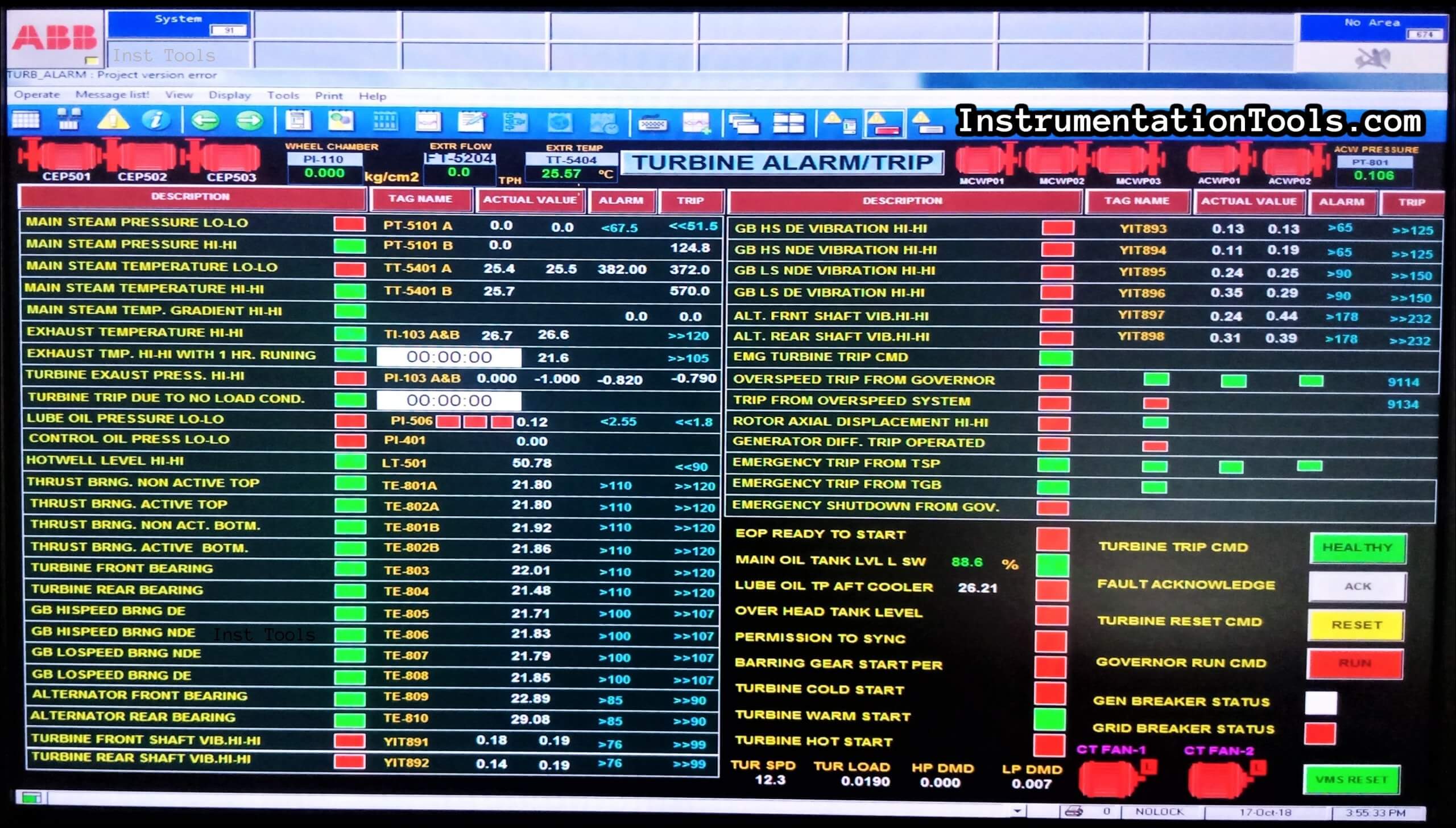
Drum level must be maintained and it should not go high, if it reaches a higher level, there are chances to trip the turbine due to carry-over of water droplets mainly called moisture in the main steam. (shown in below figure)
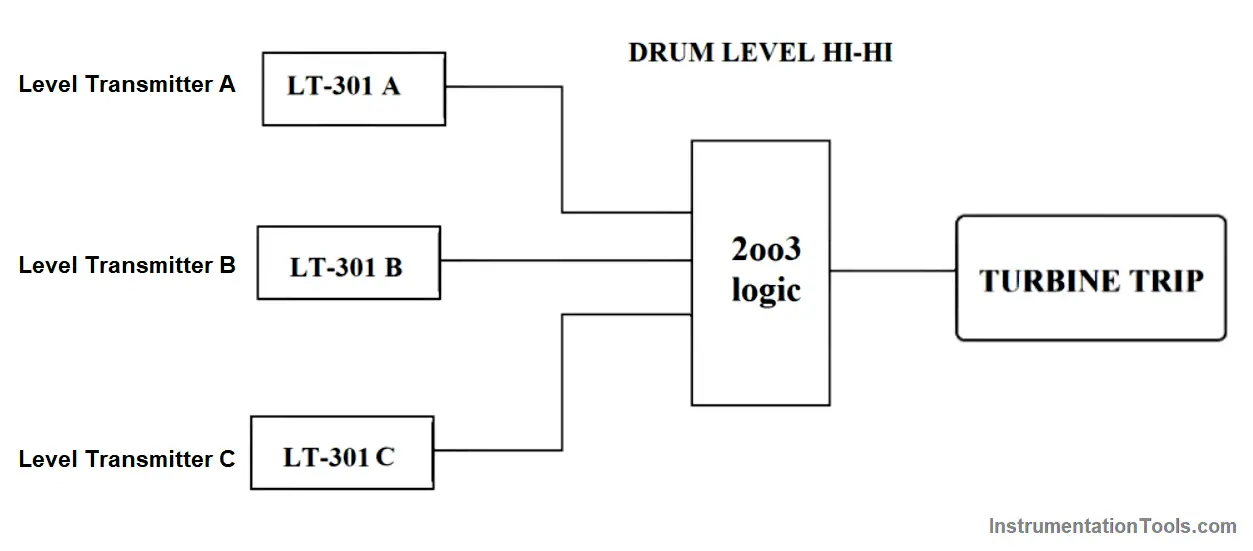
If the Main Steam Pressure PT 5101 B goes high of 124 kg/cm2 the turbine gets tripped to protect the turbine’s internal casing from high-pressure damage.
If the Main Steam Pressure PT 5101 A goes low of 51.5 kg/cm2 the turbine gets tripped to protect the turbine internal casing from saturated steam. (shown in below figure)
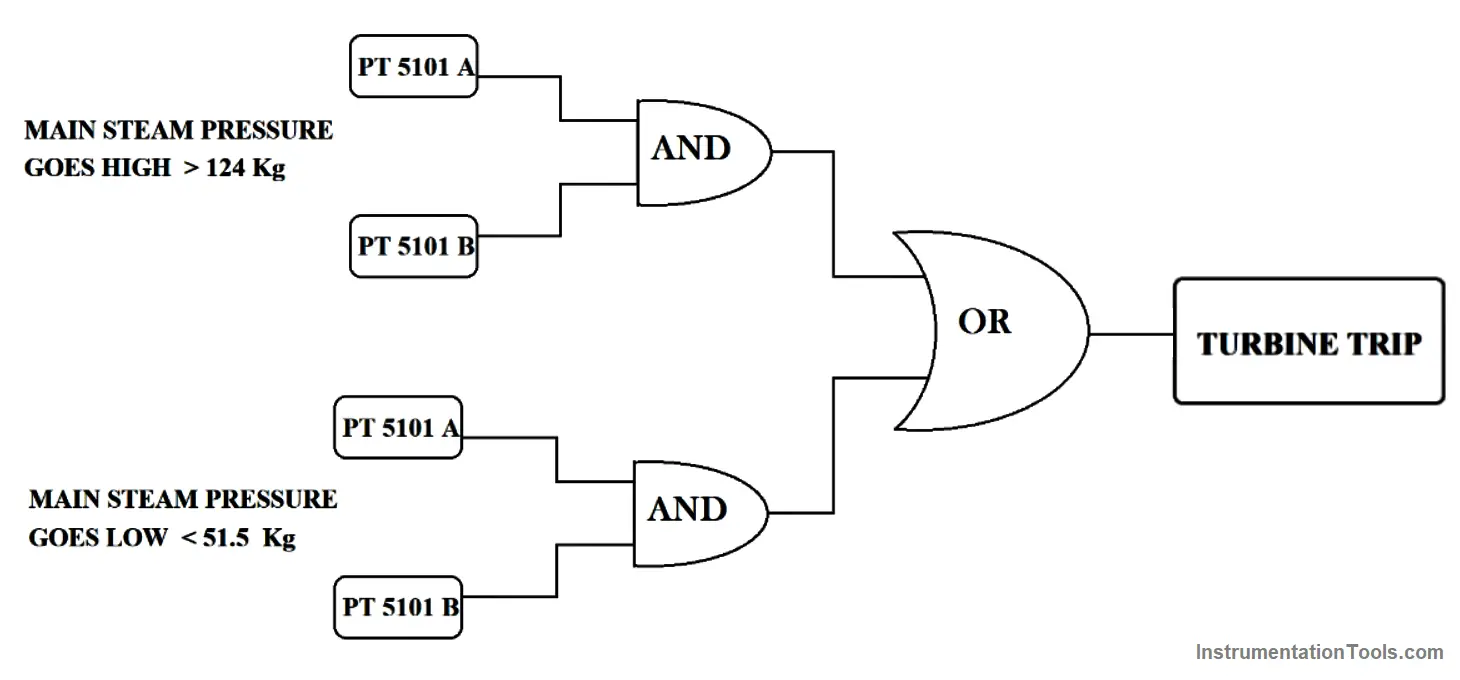
If the Main Steam temperature TT-5401 B goes high of about 570oC the turbine gets tripped to protect turbine internals from creep failure.
If the Main Steam temperature TT-5401 A goes low of about 372oC the turbine gets tripped to protect the turbine from uneven expansion and moisture content present in steam. (shown in below figure)
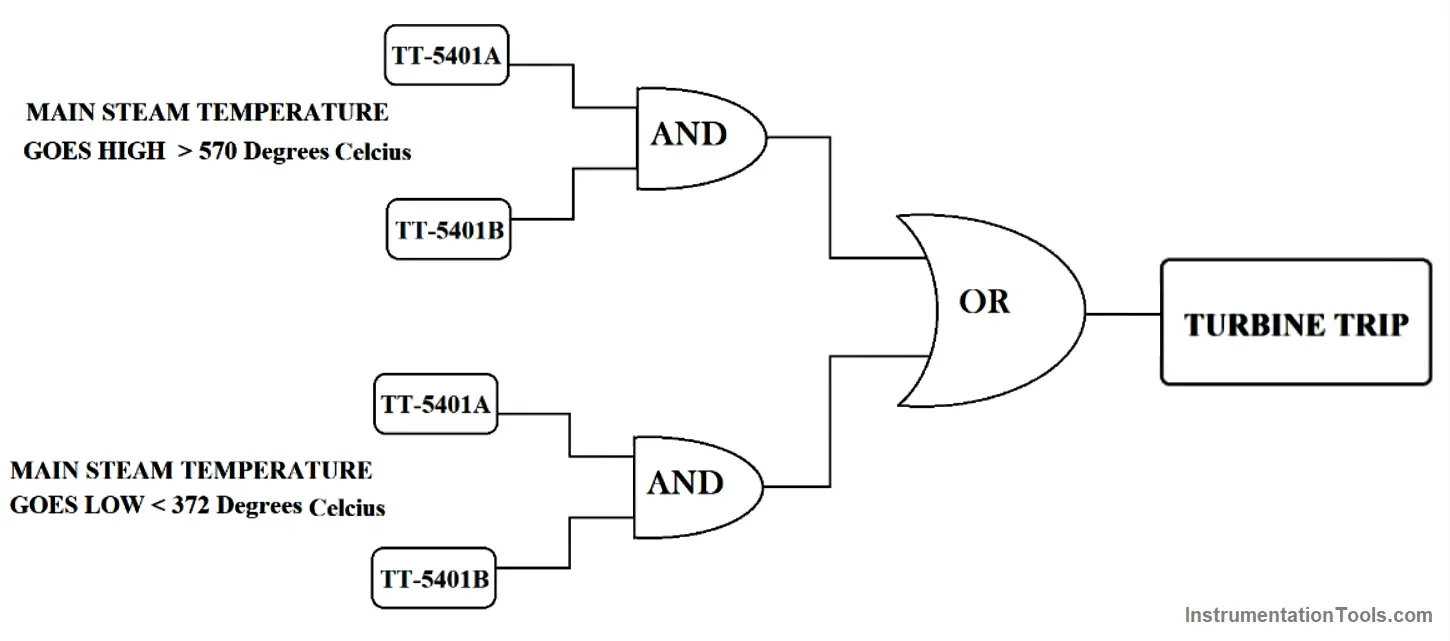
If the Bearing temperature goes high (>110oC) the turbine gets tripped to protect against bearing failure.
If the Turbine Shaft Vibration goes high of 99 microns the turbine gets tripped to protect against Bearing failure and other Secondary system operation interruptions for a long time. (shown in below figure)
Bearing Vibration Probes are provided on almost every bearing for measuring bearing vibration (sensor types – displacement/velocity/or Acceleration).

Turbine trips on high axial displacement to protect turbine internals from rubbing and damage.
If the Lube Oil Pressure PI-506 goes low 1.8 kg/cm2 the turbine gets tripped to avoid damage on bearings indicating Low Lube Oil Pressure.
Turbine trips on low vacuum or high exhaust pressure to avoid damages on rotor blades.
If the Vacuum breaker valve opens the turbine gets tripped to reduce the speed of the rotor within min time to prevent loss to turbine bearings and their internal parts
If the Hot well level goes high the turbine gets tripped to prevent the turbine from entering water into the turbine. (shown in below figure)
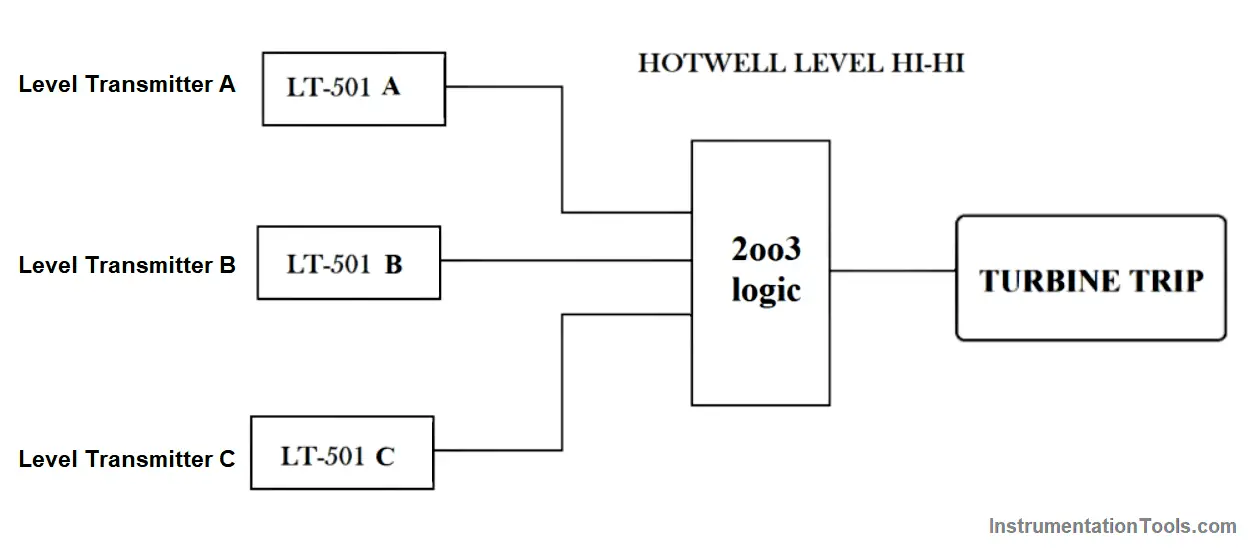
If the bearing temp goes high the turbine gets tripped because high back pressure on the rotor creates reaction force on rotor movement.
If Lube Oil temperature goes low the turbine gets tripped to prevent Bearing Damage and an unusual rise in bearing vibration.
If the Lube oil Temperature goes high the turbine gets tripped to prevent Failure of the C.W. system.
Over speed – Trip (controlled by Voting logic – 2 out of 3 and 4 out of 6 in case of 3 sensors or 6 sensors used ).
The turbine gets tripped If the Condensate Extraction pump (CEP) and Vacuum pumps are unavailable or damaged
The turbine gets tripped if the Control oil or Hydraulic oil pressure goes low
Software Details
The following are the details of distributed control system (DCS)
- Make: ABB
- Model: AC900F
Turbine Details
- Make : Siemens
- Steam Turbine Type : SST-300 (CE2L/V36D3)
- Turbine Number : 3, 21, 15, 465
- Year of Construction : 2015
- Rated Turbine Speed : 8300 rpm
- Rated Generator Speed : 1500 rpm
- Output Power in MW : 15 MW
- Inlet Steam Temp : 535oC
- Inlet Steam Pressure : 105 Kg/cm2
- Exhaust Steam Temp : 47oC
- Exhaust Steam Pressure : 0.1 Kg/cm2
Interlock Codes
There are some interlock codes for certain conditions. Listed below.
- 86G0VX: Governor Heavy Fault
- 5ET: Remote Trip
- 5ETH: Hand Trip
- 12T: Over Speed Trip
- 63QLLX: Lube oil Pressure Low
- 33QLL: Oil reservoir level low
- 63CES3: 3rd extraction steam Pressure High Trip
- 63XSHH: Exhaust steam pressure high trip
- 39VGFHH: Generator front shaft vibration high Trip.
- 39VWRHH: R/G wheel rear vibration high trip
- 39VWFHH: R/G wheel front vibration high trip
- 39VPRHH: R/G Pinion rear vibration high trip
- 39VPFHH: R/G Pinion front vibration high trip
- 39VTRHH: Turbine rear shaft Vibration high temp
- 39VTFHH: Turbine rear shaft Vibration high temp
- 39DHH: Turbine Axial Displacement High High
- 39VGRHH: Generator rear shaft vibration High High
- 38TTIAHH: Turbine Thrust Bearing Active side temp High High
- 38TTAHH: Turbine Thrust Bearing Active side temp High Trip
- 38TFHH: Turbine Front Side Bearing Temperature High trip.
- 38TRHH: Turbine Rear Side Bearing Temperature High trip.
- 38PFHH: R/G Pinion front bearing temperature High trip
- 38PRHH: R/G Pinion Rear bearing temperature High trip
- 38WFHH: R/G Wheel front bearing temperature High trip
- 38WRHH: R/G Wheel Rear bearing temperature High trip
- 33HWHH: Hot Well Level high trip
- 63SLL: Inlet Steam pressure Low Trip
- 26SLL: Inlet Steam Temperature Low Trip
If you liked this article, then please subscribe to our YouTube Channel for Instrumentation, Electrical, PLC, and SCADA video tutorials.
You can also follow us on Facebook and Twitter to receive daily updates.
Read Next:
- What are Oil Burners?
- Ash Handling System
- Steam Ejector Principle
- Boiler Coal Feeding System
- Turbine Troubleshooting Tips
